Alaska
Alaska is a land of spectacular scenery, remote wilderness, diverse wildlife, and unlimited outdoor adventures. Whether you explore Alaska by rail, car, foot or boat, you will be awestruck by its natural beauty. Alaska consists of five regions, each with its own unique character: The Inside Passage, Alaska’s Interior, The Arctic, Southcentral Alaska, and Southwest Alaska. The 49th state offers so many things to do and see, you could vacation here for the rest of your life and never have the same experience twice. Alaska’s adventure, history, culture, fishing, hiking, skiing, wildlife watching and scenery just might be the best in all of North America.
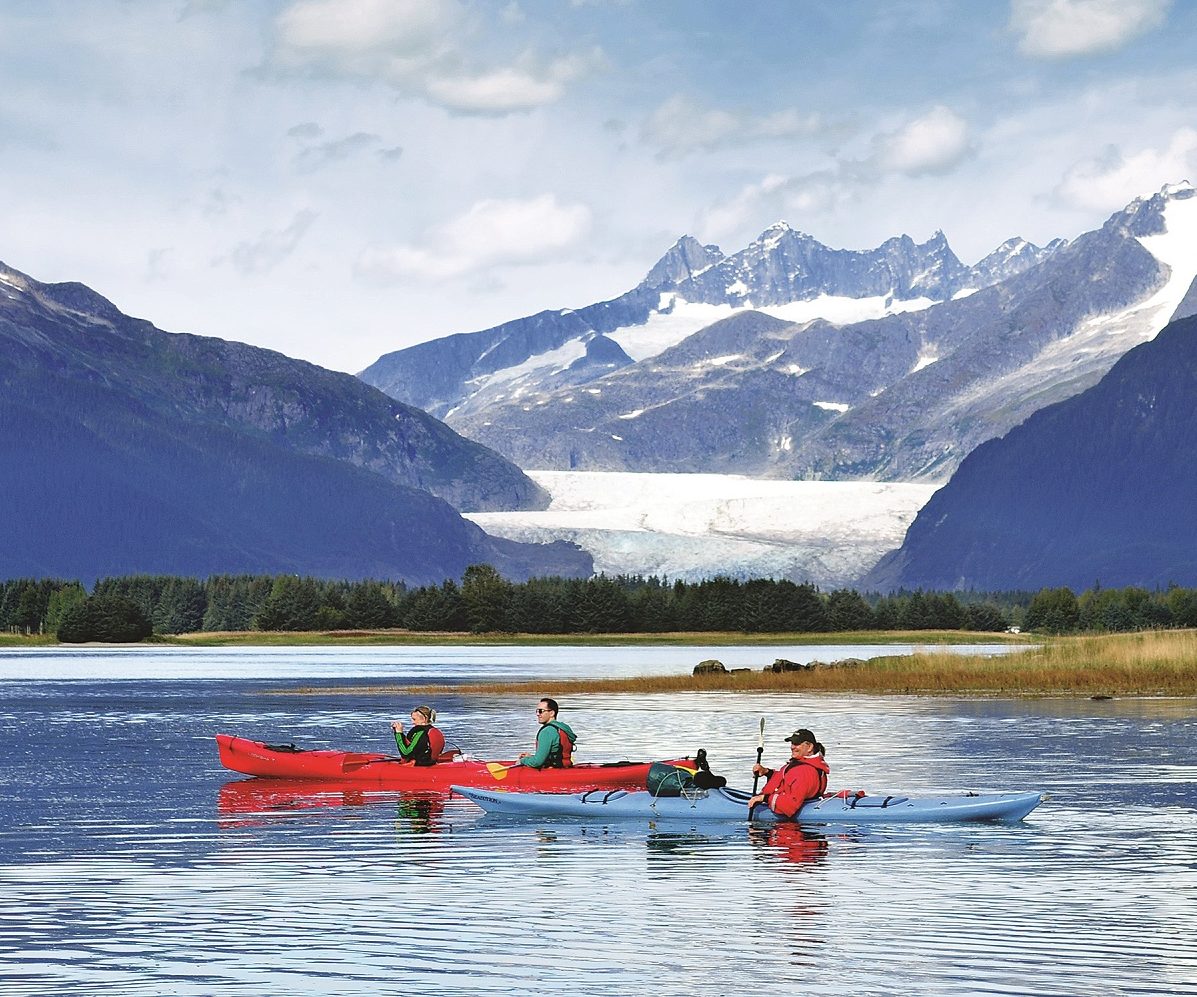
Inside Passage
Highlights of the Inside Passage include a visit to Glacier Bay, Skagway, Juneau, Sitka, and Ketchikan. Shaped by the staggering force of massive glaciers millions of years ago, Alaska’s Inside Passage boasts wildlife-filled fjords and lush island scenery, an ideal habitat for bald eagles, sea lions, porpoises and whales. Within the Inside Passage resides Glacier Bay National Park and Preserve, a World Heritage Site. This national park is a 3.3 million-acre treasure of natural wonders and wildlife, and is the crown jewel of Alaska for many visitors. Nearby is Juneau, Alaska, the only state capital that can be reached only by airplane or boat. The towns of Skagway, Ketchikan and Sitka are popular tourist stops, each full of history, charming streets, boutique shops and local restaurants. They are, also, the jumping off locations to begin your outdoor adventures, be it hiking the Chilkoot Trail, fishing or exploring Mendenhall Glacier by helicopter or cruising in Misty Fjords.
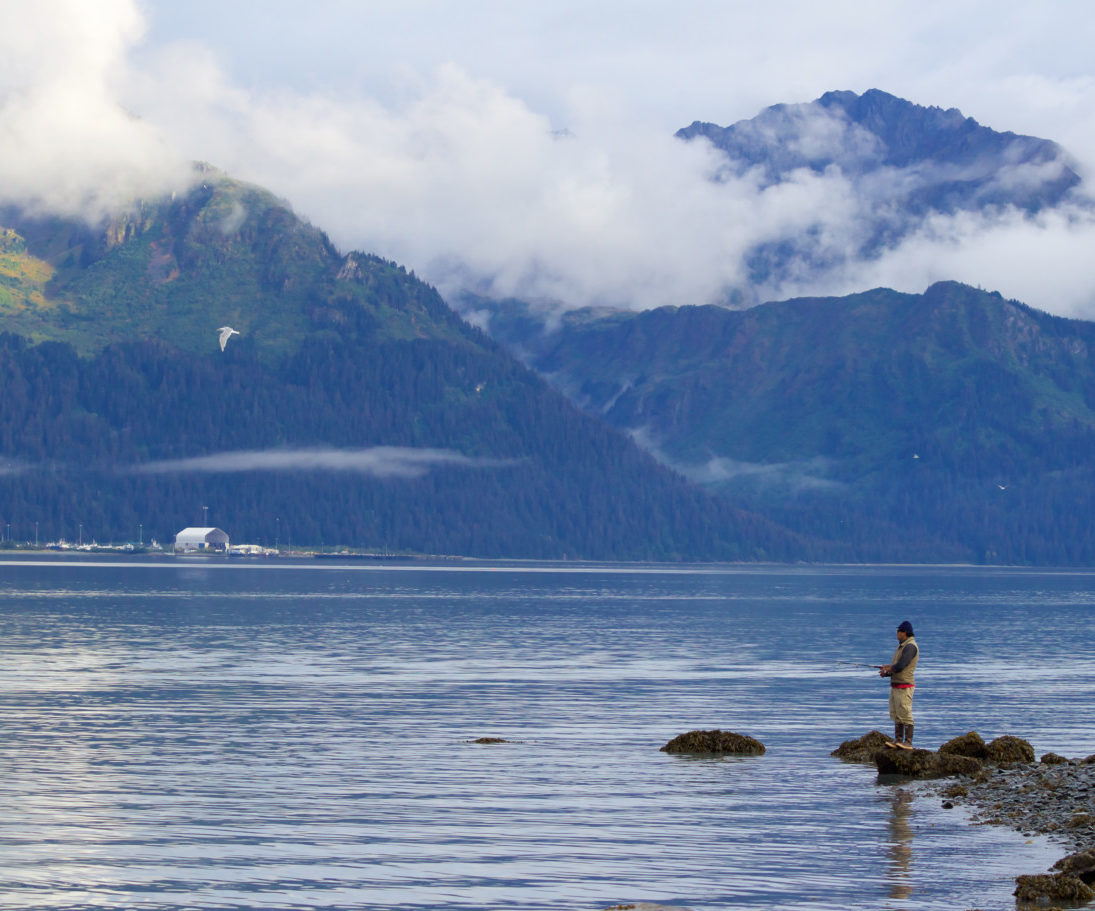
Southcentral Alaska
Home to over half of Alaska’s population, Southcentral Alaska is a playground of activities from world-class fishing to hiking and once in a lifetime wildlife viewing. With mountains and lakes, Southcentral offers the unique experiences of a remote wilderness, but the convenience of modern roads. Alaska’s largest city, Anchorage (population 260,283), is the center of commerce for the region. Luxury hotels, fine cuisine and shopping are only minutes from state parks, an extensive paved bike path system and many historical sites. In the heart of the Copper River Valley is the Wrangell-St Elias National Park with its trademark high peaks and massive glaciers. The area is also known for its copper mining and now deserted Kennecott mine, one of the best examples of early 20th century copper mining. Alaska’s Kenai Peninsula and Prince William Sound offer adventure opportunities galore, from world-class fishing and river rafting to wildlife viewing and photography. Look for moose and bears in The Kenai Wildlife Refuge or head over to Prince William Sound to spot whales, sea otters and sea lions.
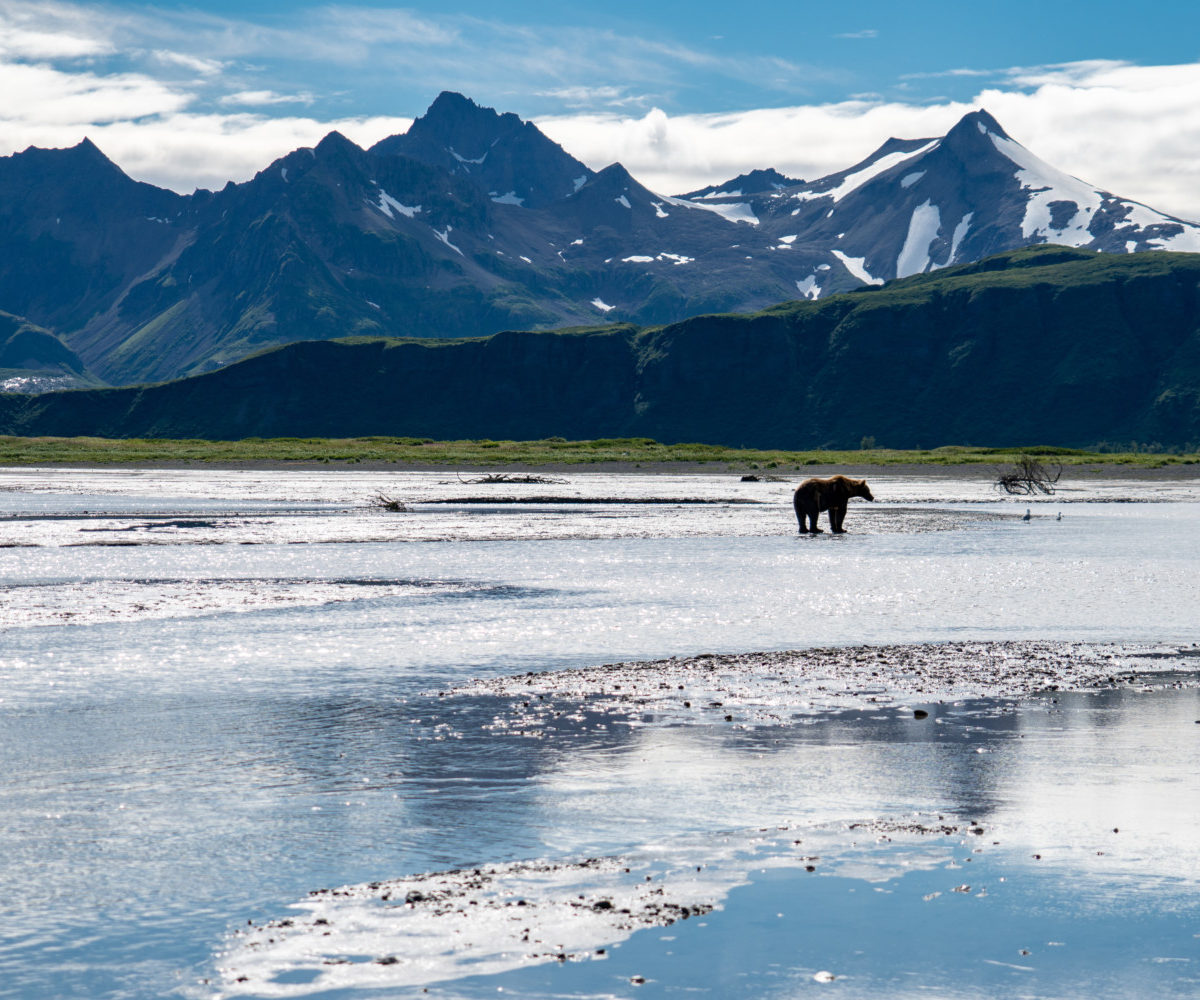
Southwest Alaska
The area defined as Southwest Alaska includes the Alaska Peninsula, Aleutian Islands, Bristol Bay, and the Yukon-Kuskokwim Delta. Few places on earth compare with the wonders of Southwest Alaska. Brown bears amble along the hills and plains, and more than 240 bird species inhabit Alaska’s Southwest region. The region’s terrain ranges from a landscape of volcanoes in Katmai National Park to the windswept Aleutian Islands that make a 1,000-mile sweep toward Asia. The adventurous traveler can explore mile after mile of the untamed landscape, visit ancient Aleut village sites in the Aleutian Island, fish for red salmon in Bristol Bay, or head to the Yukon Delta National Wildlife Refuge. Alaska’s two largest rivers, the Yukon and the Kuskokwim, form the heart of the 19.2 million-acre Yukon Delta National Wildlife Refuge and support one of the largest aggregations of water birds in the world. Hundreds of miles of rivers and streams also create a spawning and rearing habitat for 44 species of fish, including all five species of Pacific salmon.
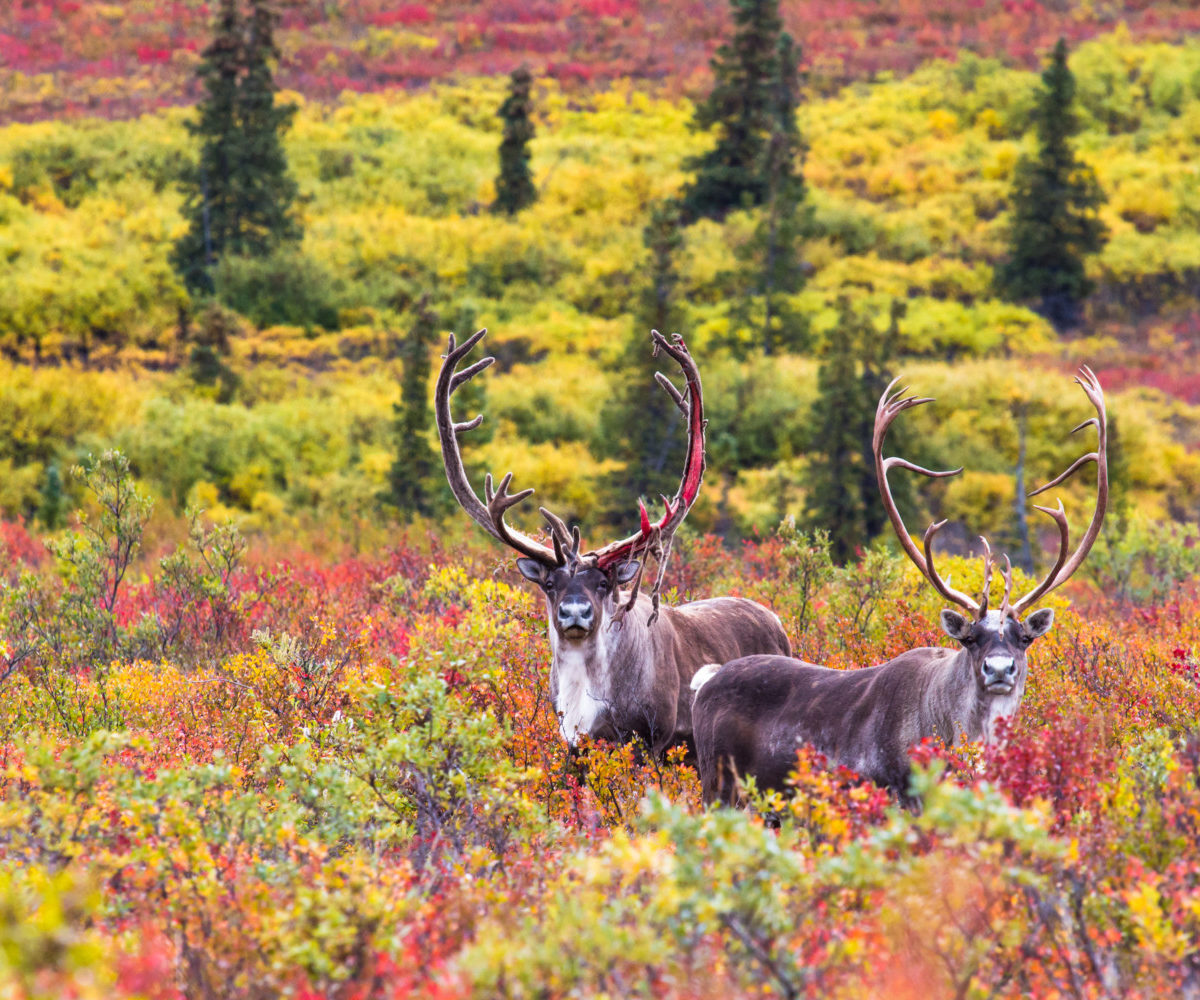
Alaska’s Interior
In Alaska’s heartland, you’ll find one of the most iconic national parks in Alaska, Denali National Park & Preserve. It is home to North America’s tallest peak – 20,310-foot Mount Denali. This vast 6 million-acre wilderness also harbors abundant wildlife in a landscape that ranges from lush forests to harsh alpine tundra, with opportunities for climbing, hiking, camping, wildlife viewing, flightseeing, mushing and snowmobiling. It’s grandeur and pristine beauty are unsurpassed in North America. Fairbanks, Alaska’s second-largest city, is as diverse and distinct as any place in Alaska. Fairbanks is known for dog mushing, the northern lights and its extremes of light and dark, warmth and cold. In winter, temperatures as low as -62 degrees have been recorded; whereas, temperatures in the 80s are common in the summer. Summer days are also long. Fairbanks enjoys more than 22 hours of daylight when the summer solstice arrives on June 21.
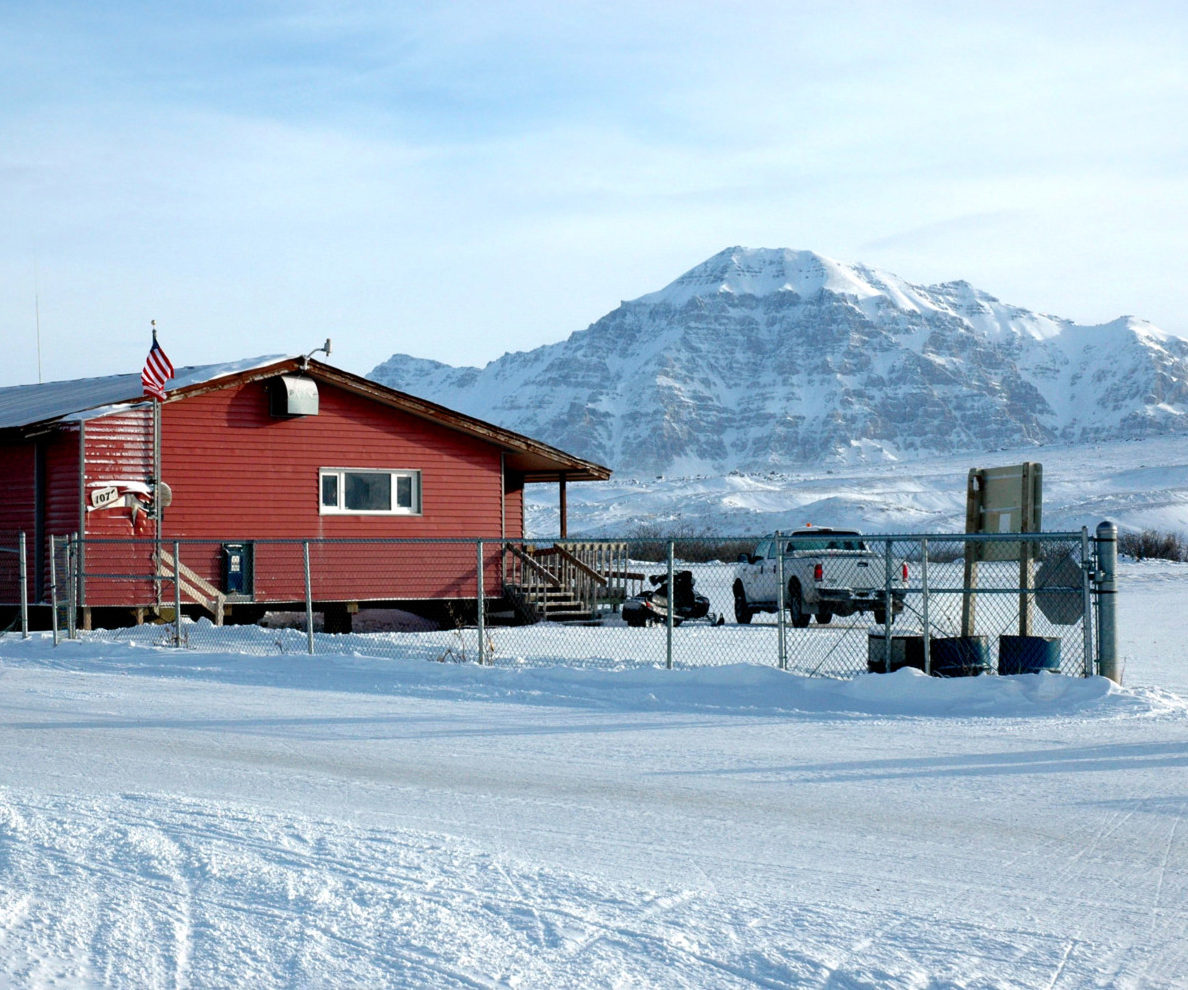
Alaska’s Arctic
For visitors looking for the ultimate remote and untamed Alaskan experience, traveling north of the Arctic Circle maybe just the answer. Alaska’s Arctic is home to the Inupiat Eskimos, many who still live a subsistence lifestyle and still preserve their history verbally. Access to the area is by jet plane from Fairbanks and most visitors will day trip to explore the towns of Nome, Kotzebue and Barrow. Whichever area you visit, your day may be filled with learning about the Inupiat culture and lifestyle, witnessing the untouched Arctic landscapes, panning for gold, or riding a dog sled.
